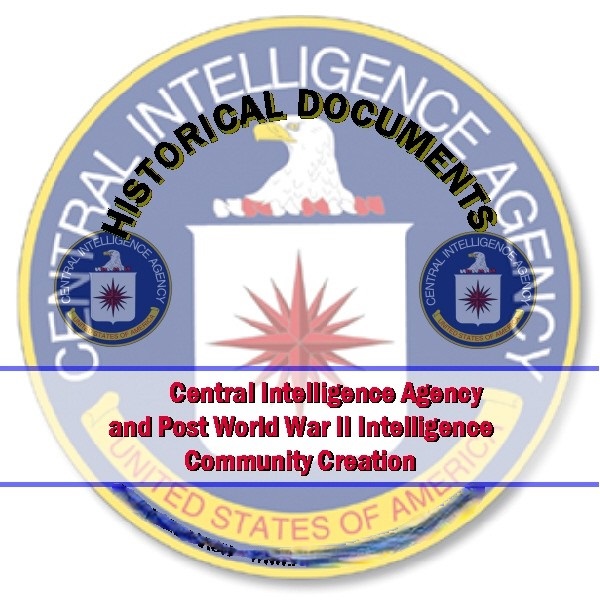
CIA and Post WWII Intelligence Community Creation Documents
$19.50
Description
Post-WWII US Intelligence Community Creation: A Timeline
Timeline of the Creation of the Post-WWII US Intelligence Community (1940 – Early 1953)
This timeline is based on the provided excerpt from “Central Intelligence Agency and Post WWII Intelligence Community Creation Documents – Download.”
- 1940 – 1945 (World War II Period): The United States develops a collection of intelligence entities to support the war effort. These include:
- FBIS (Foreign Broadcast Intelligence Service): Monitored foreign broadcasts.
- OSS (Office of Strategic Services): The wartime intelligence agency run by the War Department, headed by General William Donovan. It conducted espionage, sabotage, and other covert operations.
- SSU (Strategic Services Unit, War Department): Likely a continuation or reorganization of elements of the OSS within the War Department at the end of the war.
- OSO (Office of Special Operations): Another post-war intelligence entity, potentially a successor to parts of the OSS.
- End of World War II (1945):General William Donovan proposes a plan to continue intelligence activities as an independent agency reporting directly to the President.
- President Harry Truman is skeptical about establishing a permanent post-war secret intelligence apparatus.
- President Truman makes his first major intelligence decision: He decides to shutter the OSS.
- A “secret information vacuum” is recognized by the State Department, the Navy, and the War Department, leading to discussions about creating a successor to wartime intelligence services.
- Debate begins among senior US officials regarding the closing, restructuring, and creation of new intelligence agencies or internal intelligence-gathering divisions within existing government branches.
- Various post-war intelligence entities exist, including CIG (Central Intelligence Group), ICAPS (Interagency Coordinating and Planning Staff), IAC (Intelligence Advisory Committee), and NIA (National Intelligence Authority).
- 1946: Calls and discussions continue for the creation of a new intelligence entity to take over from wartime services, something different from the OSS.
- 1947:The National Security Act of 1947 is passed. This is a pivotal moment in the creation of the post-war intelligence community.
- The Act establishes:
- National Security Council (NSC)
- Secretary of Defense
- Statutory Joint Chiefs of Staff
- Department of the Air Force
- Central Intelligence Agency (CIA)
- Post-1947 – Early 1953: The documents in the collection follow the many steps involved in the founding of the CIA, including resolving plans, suggestions, maneuvers, and actions related to:
- Duties and responsibilities of the new agency.
- Personnel recruitment and management.
- Leadership selection.
- Reporting structures.
- Funding allocation.
- Establishing physical locations.
- Dealing with political expediency, conflicting goals, personal antipathies towards intelligence gathering, and turf battles among existing intelligence players.
- Up to Early 1953: The timeframe covered by the document collection, indicating the ongoing development and establishment of the CIA and other national security entities in the years following the National Security Act.
- May 14, 2009: The CIA’s Historical Review Program holds a symposium called “The Creation of the Intelligence Community” at Culver Academies. This event highlights the declassified documents and features presentations from historians and former intelligence officials. The program for this event includes an essay by Michael Warner, “A Chronology of Milestones in the Creation of the U.S. Intelligence Community.”
- 2008: Some material within the collection of documents was not declassified until this year, highlighting the sensitive nature and long-term historical significance of these records.
Cast of Characters
This is a list of the principal people mentioned in the source, with brief bios:
- William Donovan: A prominent figure who headed the Office of Strategic Services (OSS) during World War II. After the war, he proposed a plan to establish a permanent, independent intelligence agency reporting directly to the President.
- Harry Truman: The President of the United States at the end of World War II. He was initially skeptical about creating a permanent post-war secret intelligence apparatus and made the decision to disband the OSS. However, the need for intelligence in the post-war era eventually led to the creation of the CIA under his administration.
- Christine Burke: A Culver Academies Global Scholar who spoke at the 2009 symposium on the creation of the intelligence community. She emphasized the value of reading primary source documents for understanding history.
- David Robarge: The CIA Chief Historian who kicked off the 2009 symposium. He discussed the factors that led to the overhaul of the US national security apparatus after World War II, including the passage of the National Security Act of 1947.
- David Hatch: The NSA Chief Historian who presented at the 2009 symposium. His presentation focused on how inter-service rivalries in communications intelligence contributed to the creation of the National Security Agency.
- David Barrett: A Professor of Political Science at Villanova University who spoke at the 2009 symposium. He discussed the evolving relationship between Congress and the Intelligence Community since 1947.
- Eugene Poteat: The President of the Association of Former Intelligence Officers who gave a personal perspective on the role of intelligence in informing senior US policymakers at the 2009 symposium.
- Michael Warner: A member of the CIA History Staff who wrote an essay titled “A Chronology of Milestones in the Creation of the U.S. Intelligence Community,” included in the program for the 2009 symposium.
Central Intelligence Agency and Post World War II Intelligence Community Creation Documents
4,900 pages of documents that exhibit the creation of the Central Intelligence Agency (CIA) and other American intelligence agencies created after World War II.
The documents date from 1940 to early 1953. Some material was not declassified until 2008. The documents include notes, letters, memoranda, radio bulletins, briefings, minutes, routing slips, drafts, reports, speech transcripts, chronologies, directives and executive orders. The documents follow the many steps that led to the founding of the CIA. They display the considerable political and legal finesse required to resolve the plans, suggestions, maneuvers, and actions that ultimately led to the establishment of the Central Intelligence Agency and other national security entities.
At the end of World War II, the United States had a collection of intelligence entities including: FBIS – Foreign Broadcast Intelligence Service; CIG – Central Intelligence Group; ICAPS – Interagency Coordinating and Planning Staff; IAC – Intelligence Advisory Committee; SSU – Strategic Services Unit, War Department; OSO – Office of Special Operations; OSS – Office of Strategic Services; NIA – National Intelligence Authority; DCID – Director of Central Intelligence Directive; NSCID – National Security Council Intelligence Directive; and IAB – Intelligence Advisory Board.
At the end of World War II, General William Donovan, head of the Office of Strategic Services (OSS), the wartime intelligence agency run by the War Department, put forth a plan to continue intelligence activities as an independent agency reporting directly to the President. Other senior US officials began debating the closing, restructuring, and creation of new agencies or internal intelligence-gathering divisions within existing arms of the government, often their own agencies or military branches, to form a new, centralized, post-war US Intelligence Agency.
All these plans faced a major obstacle; a skeptical President Harry Truman was unenthusiastic about establishing a post-war secret intelligence apparatus as a permanent government function. As his first major decision concerning intelligence at the end of World War II, Truman had little hesitation in shuttering the OSS. But in its absence, the State Department, the Navy, and the War Department recognized that a secret information vacuum loomed, triggering calls and discussions for the creation of something to replace wartime intelligence services, something different from the OSS, to take over in 1946.
This collection of documents display the give-and-take required by the military branches, government agencies, Congress, and the White House, to establish duties, responsibilities, personnel, leadership, reporting, funding, and physical locations for an entirely new agency, the Central Intelligence Agency. The documents in this collection provide the reader with a view of the plans and suggestions that were colored by political expediency, conflicting goals, personal antipathy to all forms of intelligence gathering, and turf battles among existing Intelligence Community players, all of it overlaid by the widespread belief that an expanded, permanent, centralized intelligence group was urgently needed to face the post-War world.
This document collection was curated and released by the CIA’s Historical Review Program, part of the CIA Information Management Services, which identifies, collects, and produces historically relevant collections of documents. This collection was compiled for a Historical Review Program symposium called “The Creation of the Intelligence Community,” held at Culver Academies, Culver, Indiana, on 14 May 2009.
At the event Christine Burke, a Culver Academies Global Scholar, opened the meeting by saying that reading the declassified documents was “like watching history come to life.” She commended the CIA for making the documents available to the Culver students, noting that reading first-hand accounts of historical events is, “a lot more intriguing than just reading out of a textbook.” CIA Chief Historian David Robarge kicked off the event by describing how the United States’ intelligence requirements after World War II interacted with political, legal, and institutional forces leading to the overhaul of the US national security apparatus. These activities ushered the passage of the National Security Act of 1947, which created a National Security Council, a Secretary of Defense, a statutory Joint Chiefs of Staff, the Department of the Air Force, and a Central Intelligence Agency.
Other speakers included NSA Chief Historian Dr. David Hatch, who provided a presentation on how inter-service rivalries in the field of communications intelligence created the underpinnings for the creation of the National Security Agency. Dr. David Barrett, Professor of Political Science, Villanova University, described how the relationship between Congress and the Intelligence Community has evolved since 1947; and Eugene Poteat, President of the Association of Former Intelligence Officers, gave a personal perspective of the role of intelligence in informing senior US policymakers.
Also included within this collection is a program created for the event which includes an essay by Michael Warner of the CIA History Staff titled, “A Chronology of Milestones in the Creation of the U.S. Intelligence Community.”
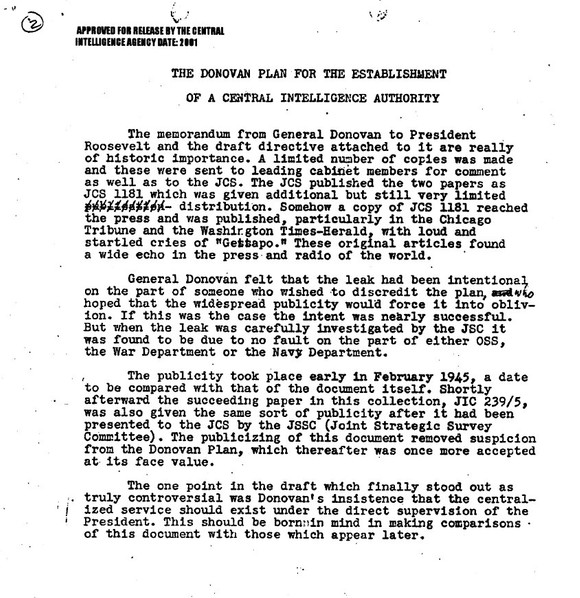
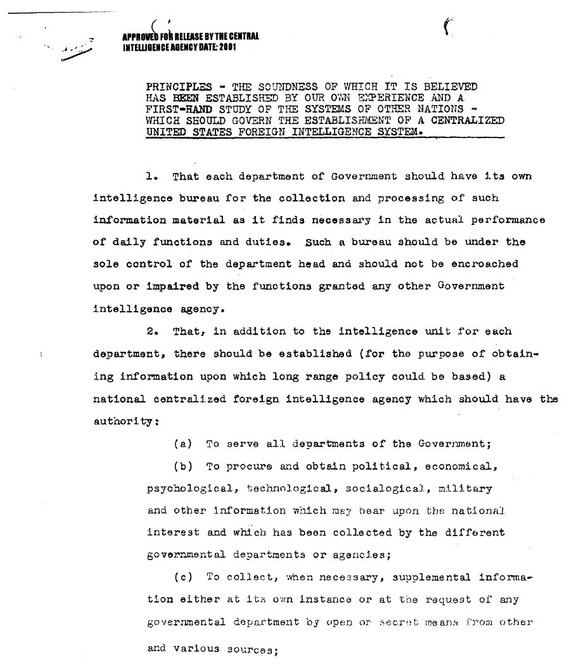
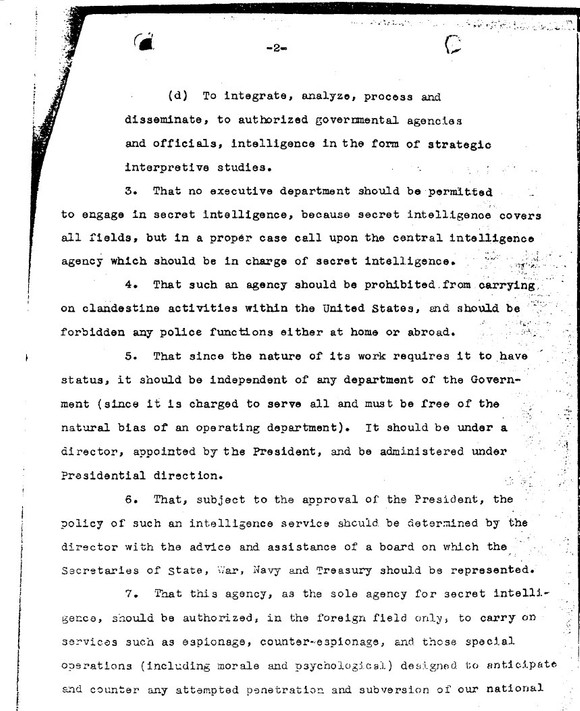
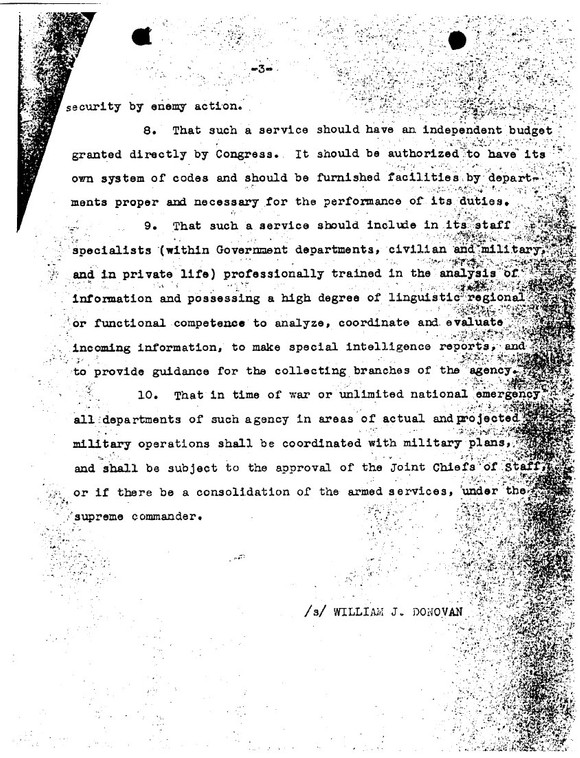

Related products
-
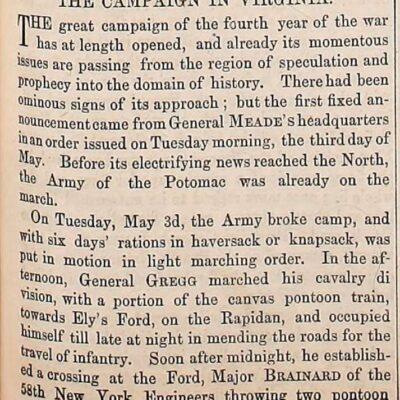
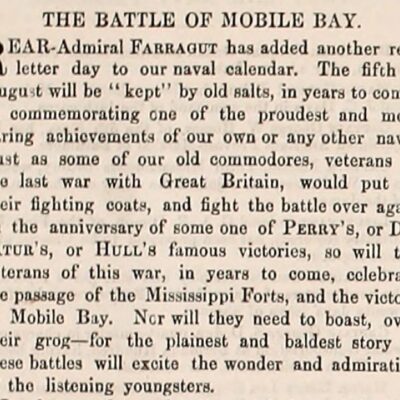
Civil War: Army Navy Journal & Gazette Volume 1 (1863 – 1864)
$19.50 Add to Cart -

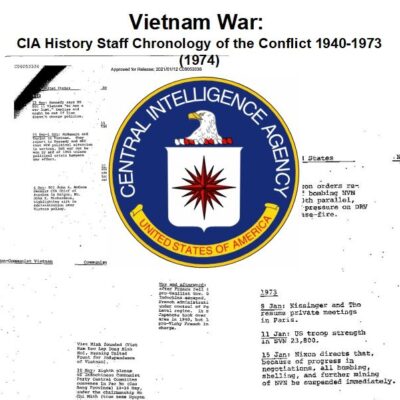
Vietnam War: CIA Chronology of the Conflict, 1940-1973 (1974)
$1.99 Add to Cart -
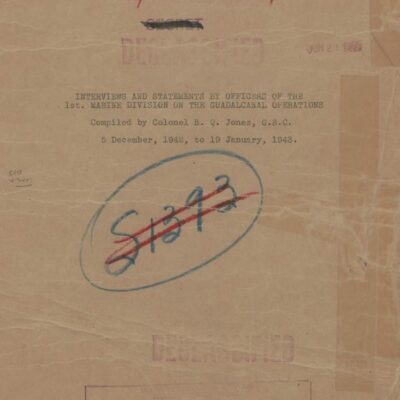
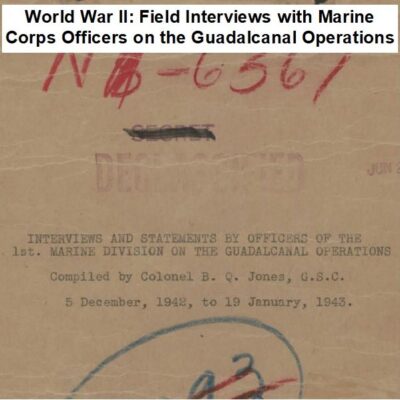
World War II: Marine Corps Officer Interviews on Guadalcanal Operations
$3.94 Add to Cart -
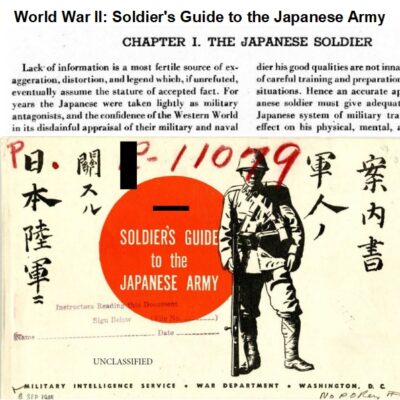

World War II: A Soldier’s Handbook on the Japanese Army
$3.94 Add to Cart